Cancers With The Highest Mortality Rates
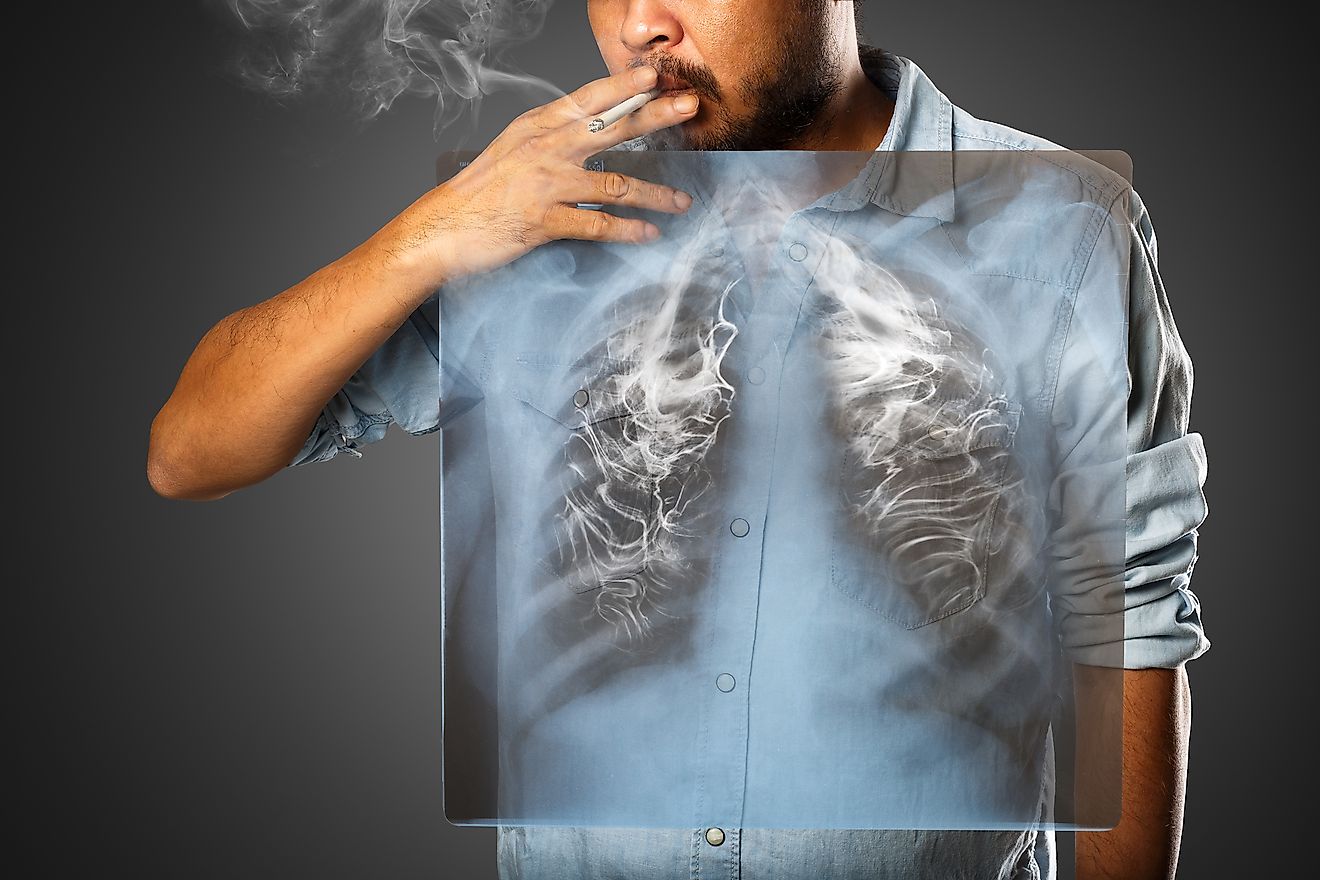
- Diffuse Intrinsic Pontine Glioma is a cancer that practically no one survives past ten years.
- You do not need your gallbladder to live.
- If you smoke, you have an elevated risk of developing lung cancer.
Cancer killed an estimated 9.6 million people in 2018, according to the World Health Organization, and the disease generally accounts for 1 in 6 deaths worldwide. It can attack just about any area of your body, and to date, a surefire cure still remains elusive.
Not all cancers are equal, however, and some come with a very high chance of survival. Others, unfortunately, bear the mark of very low odds of living beyond ten more years after being diagnosed. Here is a look at ten of the cancers with the highest mortality rates.
10. Diffuse Intrinsic Pontine Glioma
This type of cancer has a low five-year survival rate of less than 1%, and a ten-year survival rate of 0%. Abbreviated as DIPG, it is a brain tumor found in part of the brainstem called the pons. This type of cancer is most often found in children around the ages of 5 to 7 years old. Scientists are not sure why some children develop this deadly disease that seems to result from normal development of a child going off track. Some common symptoms include odd eye movements in children, difficulty swallowing and slurred speech.
9. Glioblastoma
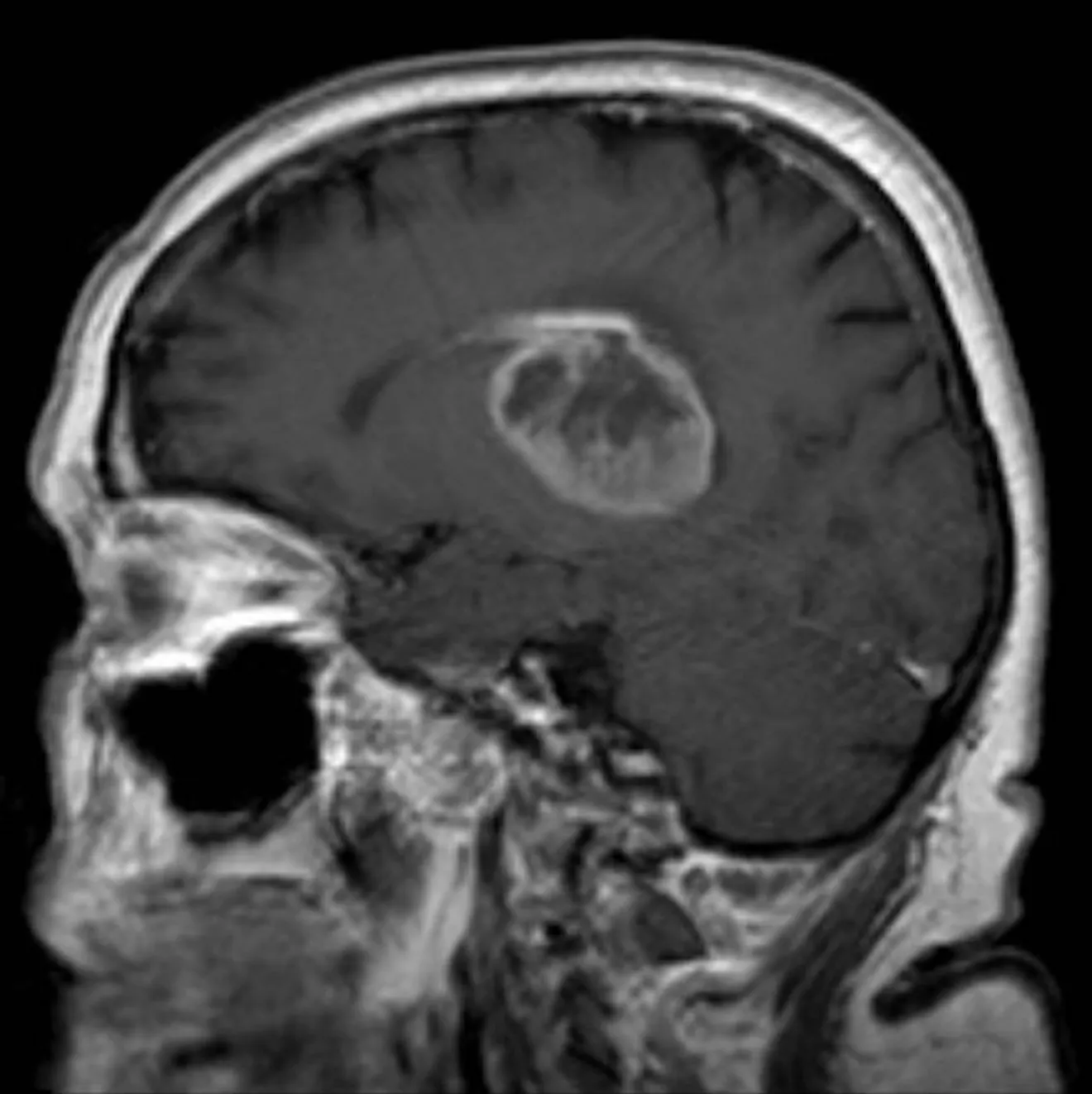
This is another type of cancer that grows in the brain, and sometimes the spinal cord. Unlike DIPG, it tends to develop in older adults, although according to the Mayo Clinic, it can happen to people of all ages. Glioblastoma targets cells that support your nerve cells, and can result in headaches, memory loss, and difficulty balancing, among other symptoms. The five-year survival rate for this type of cancer is 7%. After ten years, 5% of patients survive.
8. Pancreatic Cancer
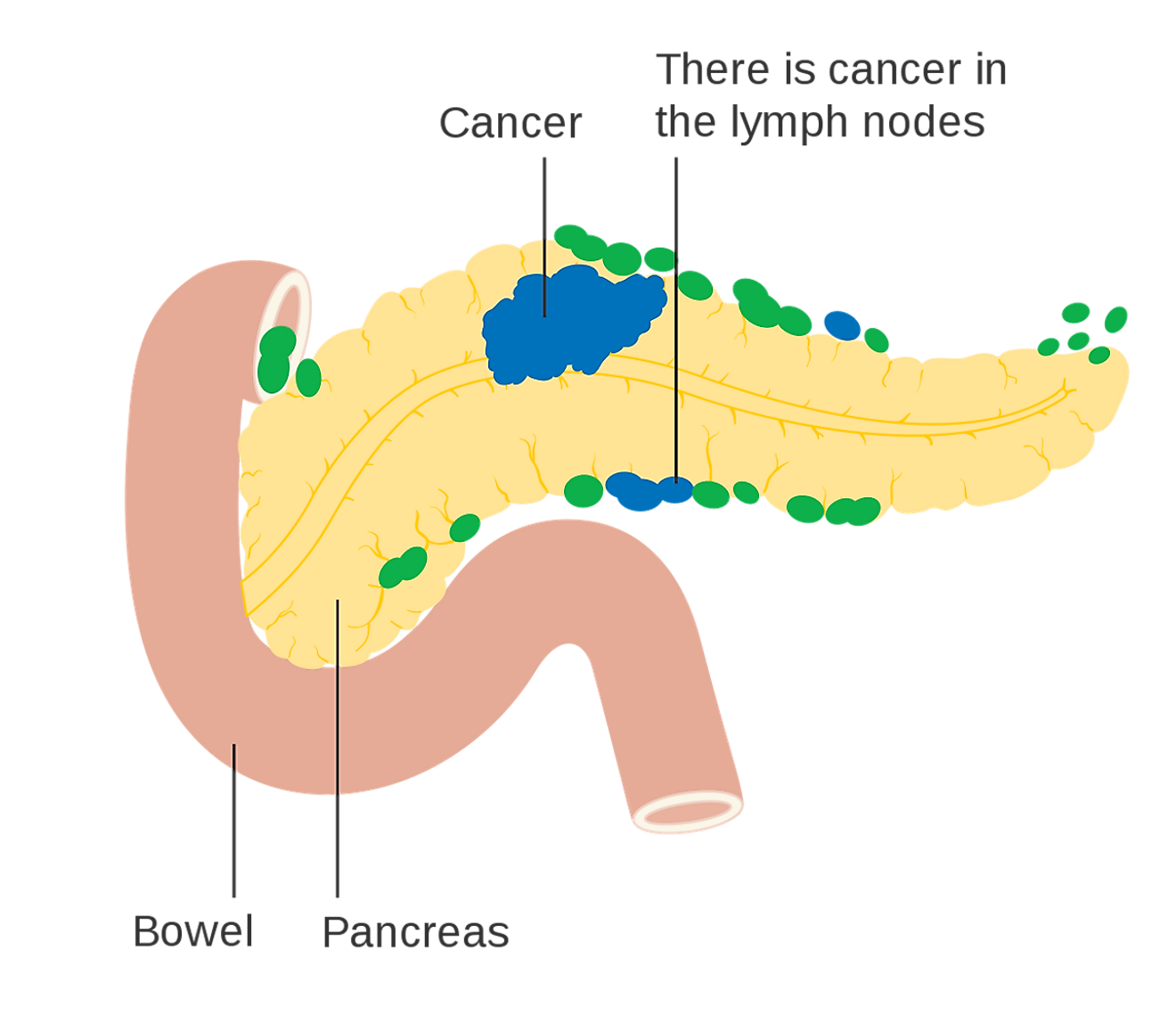
Pancreatic cancer is a difficult disease to detect early on, when it is easiest to cure. This type of cancer often does not show any symptoms until it has unfortunately spread to other parts of the body. Symptoms can include a loss of appetite, abdominal pain that can be felt in your back, fatigue, and blood clots among other signs.
According to the Mayo Clinic, it can be wise to visit a genetic counselor if you have a family history of pancreatic cancer, in order to better understand your potential risk of developing it. Pancreatic cancer has a five-year survival rate of about 8% and a ten-year survival rate of around 2%.
7. Mesothelioma
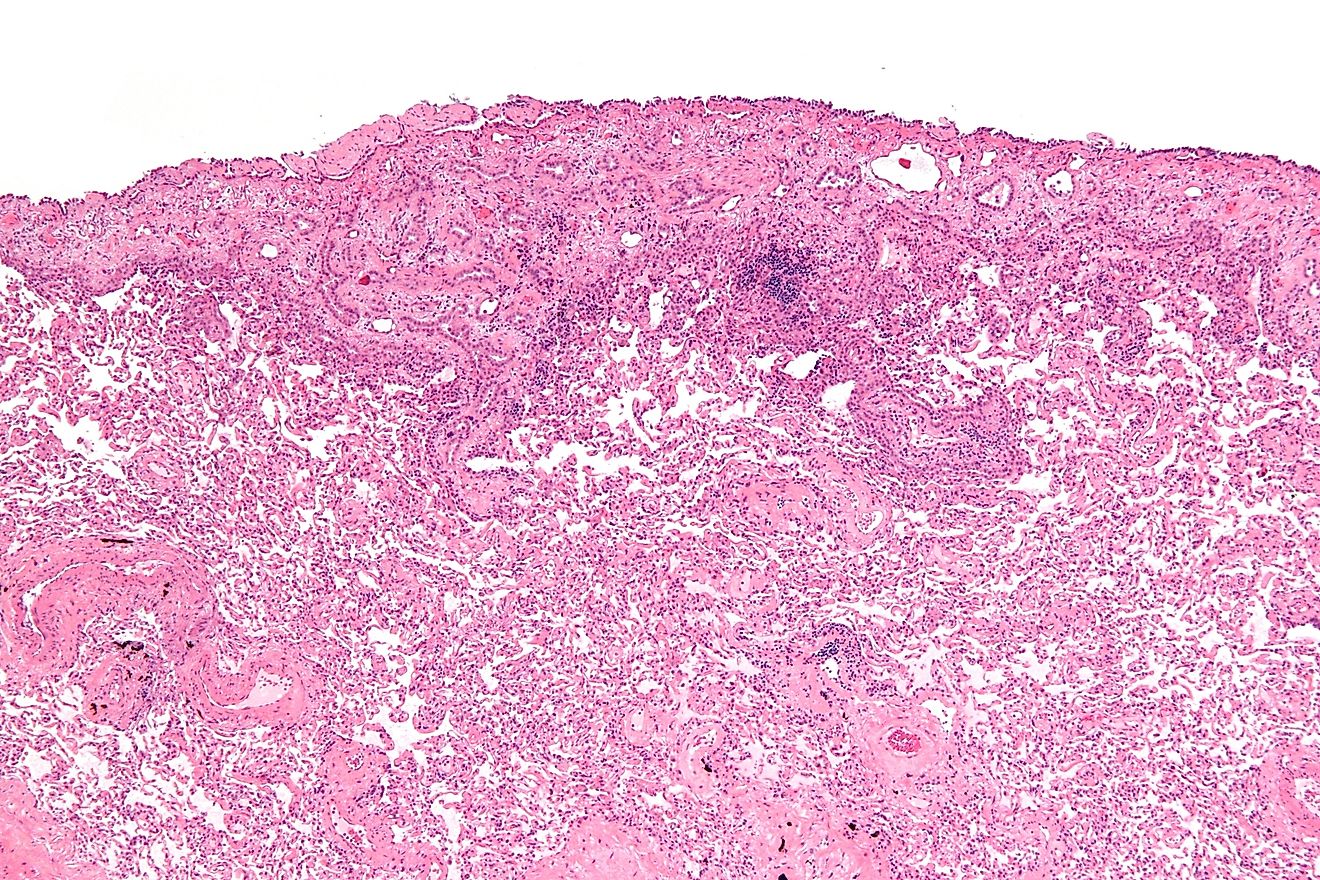
This cancer is one that can form in a thin layer of tissue that covers almost all of your internal organs. One of the main causes for this type of cancer is exposure to asbestos, and in many cases, it targets the tissue around the lungs. Not everyone who is exposed to asbestos develops mesothelioma, however. Symptoms can include chest pain and difficulty breathing. This cancer has a five-year survival rate of 9% and a ten-year survival rate of just 3%.
6. Heart Cancer
Should you develop heart cancer, you have a five-year survival rate of 10% and a ten-year survival rate of 1%. The good news is that the overwhelming majority of heart tumors are noncancerous, and this type of cancer is extremely rare. Experts indicate that the majority of heart cancers have traveled through the body from somewhere else, spreading through the blood stream.
5. Lung Cancer
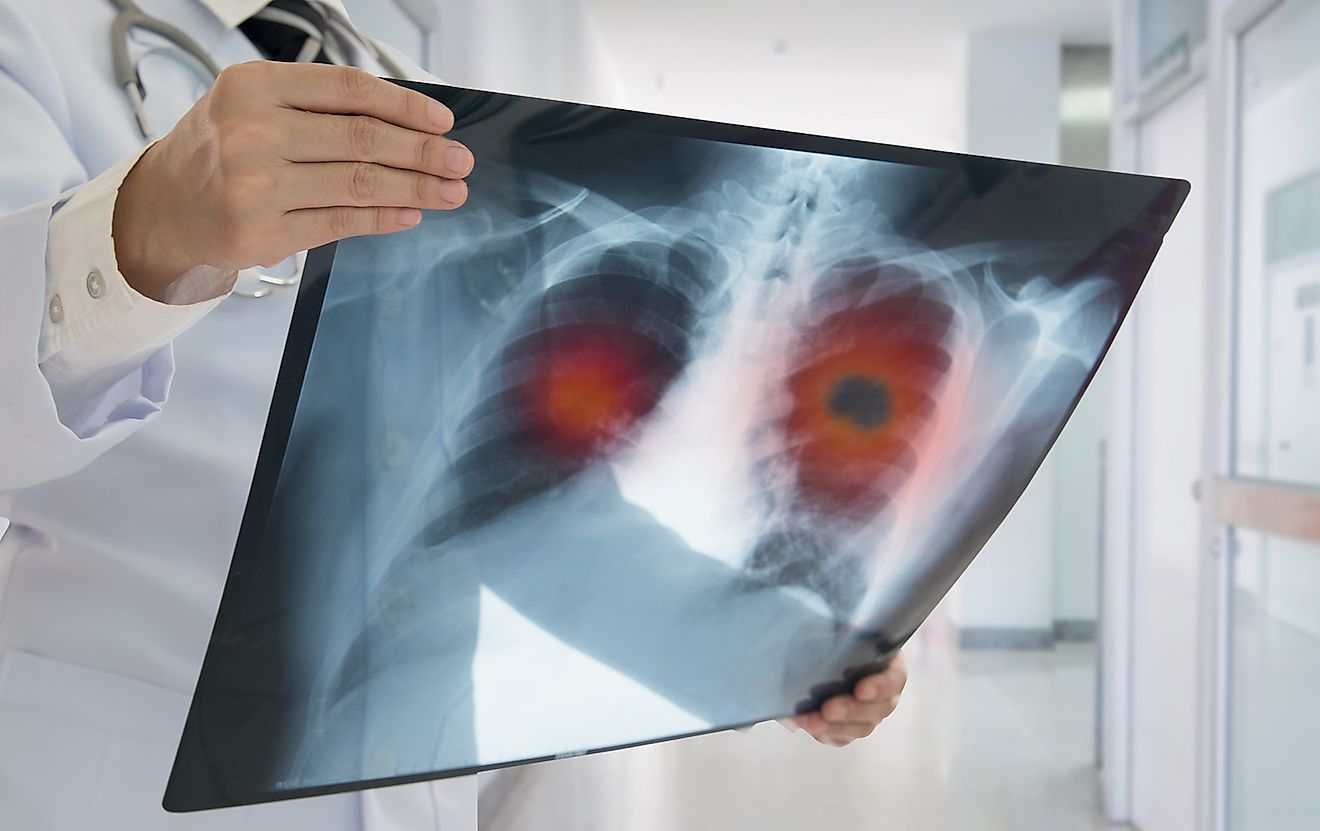
Lung cancer is well known for being a difficult type of cancer to beat. There are many types of lung cancer and cumulatively they have a five-year survival rate of 18% and a ten-year survival rate of 7%. Naturally, people who smoke develop the highest rate of lung cancer. If you quit smoking, even after having done so for numerous years, you dramatically reduce your chances of developing lung cancer.
4. Gallbladder Cancer
Your gallbladder houses a digestive fluid called bile that is produced by your liver. It helps break down fat in your intestine, but many people have it taken out due to pain it can cause, and they go on to live normal lives without it.
Gallbladder cancer is very rare, but when it is caught it is often in the latter stages of the disease, as it does not have symptoms early on. This type of cancer has a five-year survival rate of about 18% and a ten-year survival rate of 9%.
3. Esophageal Cancer
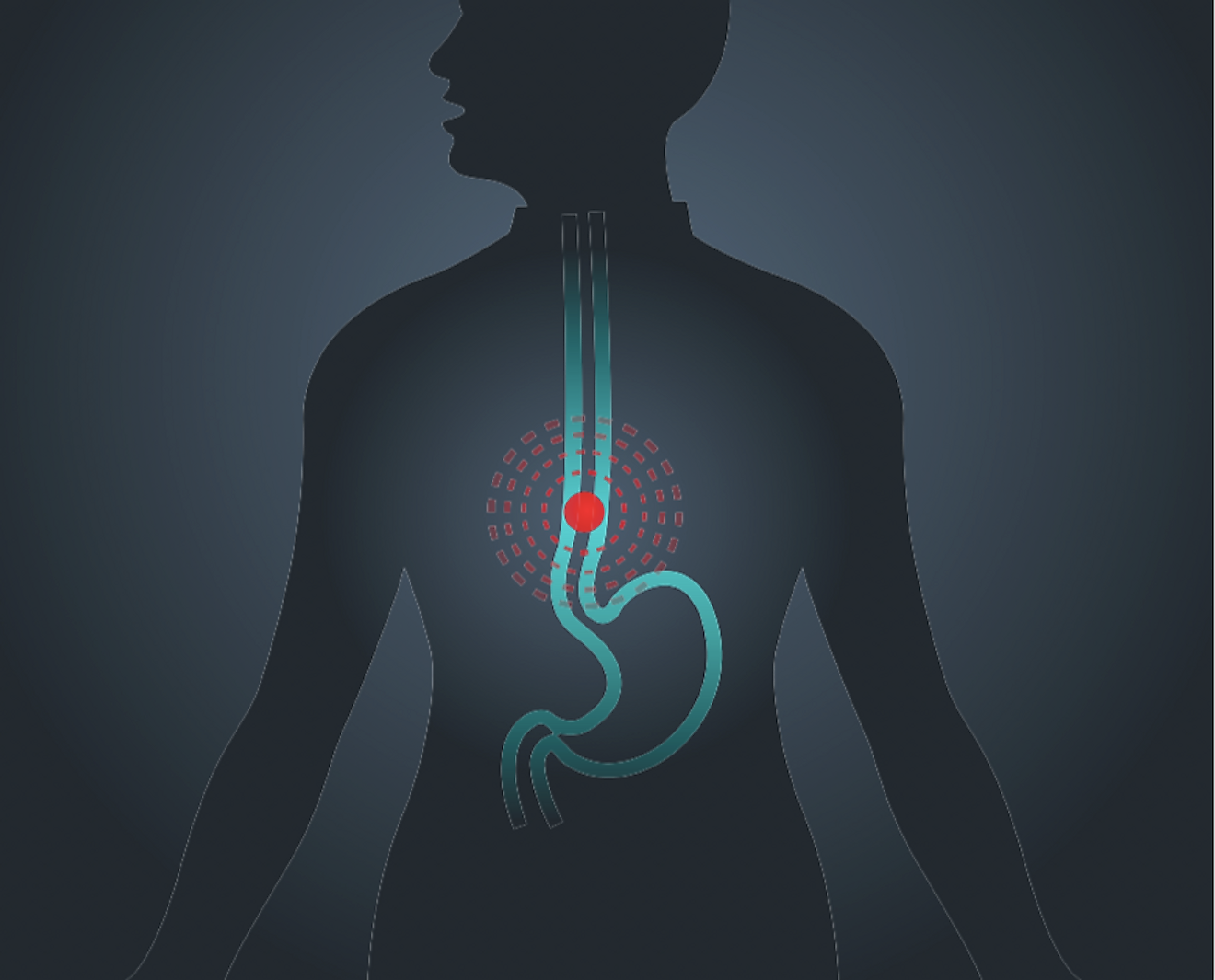
Your esophagus is a tube that travels from your throat to your stomach. Those who develop esophageal cancer can suffer from heartburn, trouble swallowing, and coughing, to name a few symptoms. The risk factors for this type of cancer include smoking, being obese and having a habit of drinking very hot liquids, among other things. The five-year survival rate for esophageal cancer is 19% and the ten-year survival rate, 15%.
2. Liver and Bile Duct Cancer
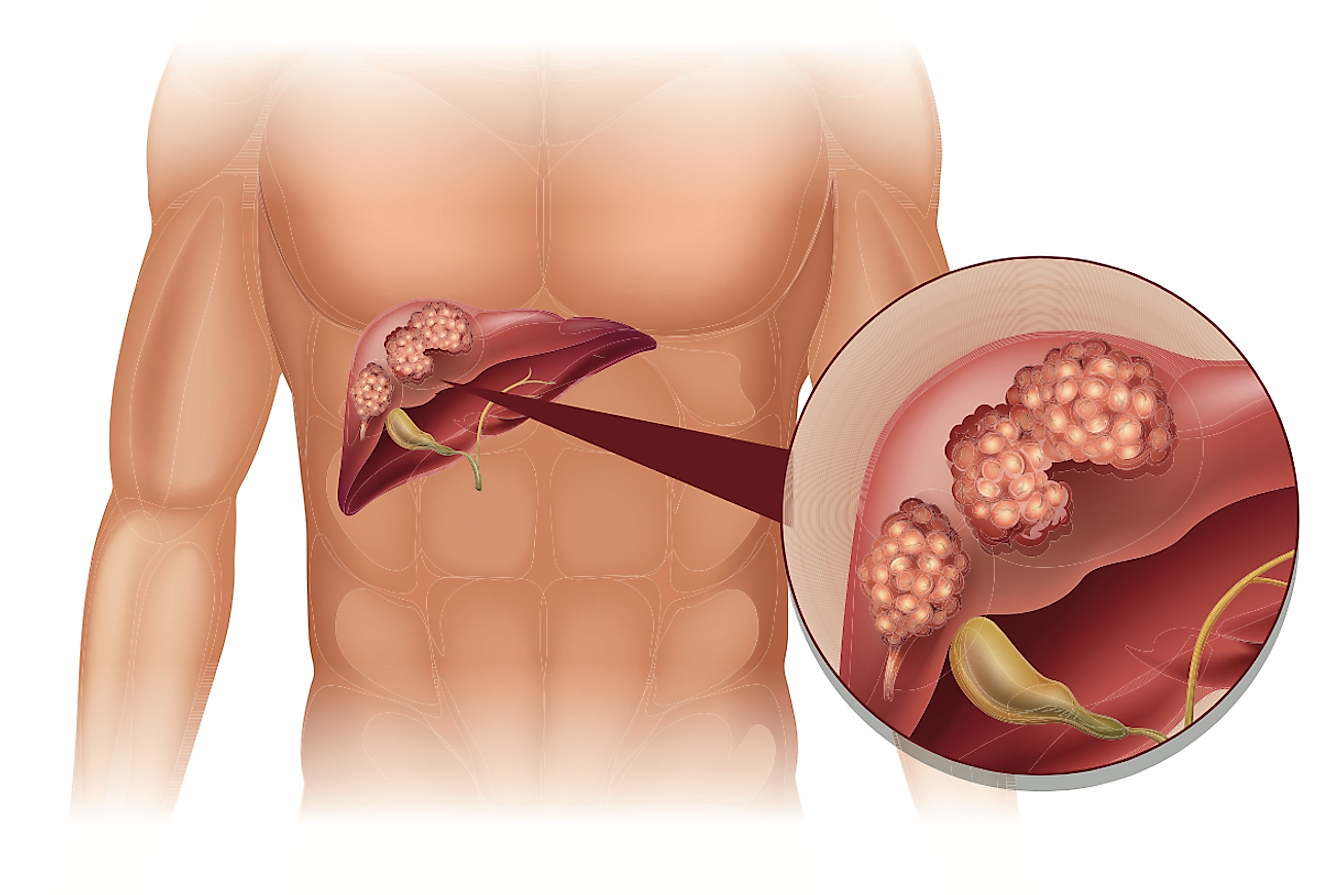
This cancer has a five-year survival rate of 22% and a ten-year rate of 17%.
It targets your digestive system, and has risk factors that include smoking, being obese, having diabetes, and suffering from ulcerative colitis, to name a few. Signs and symptoms of liver and bile duct cancer can include a loss of appetite, feeling itchy, being jaundiced, and having a fever, among other conditions.
1. Leukemia (Acute Myelogenous)
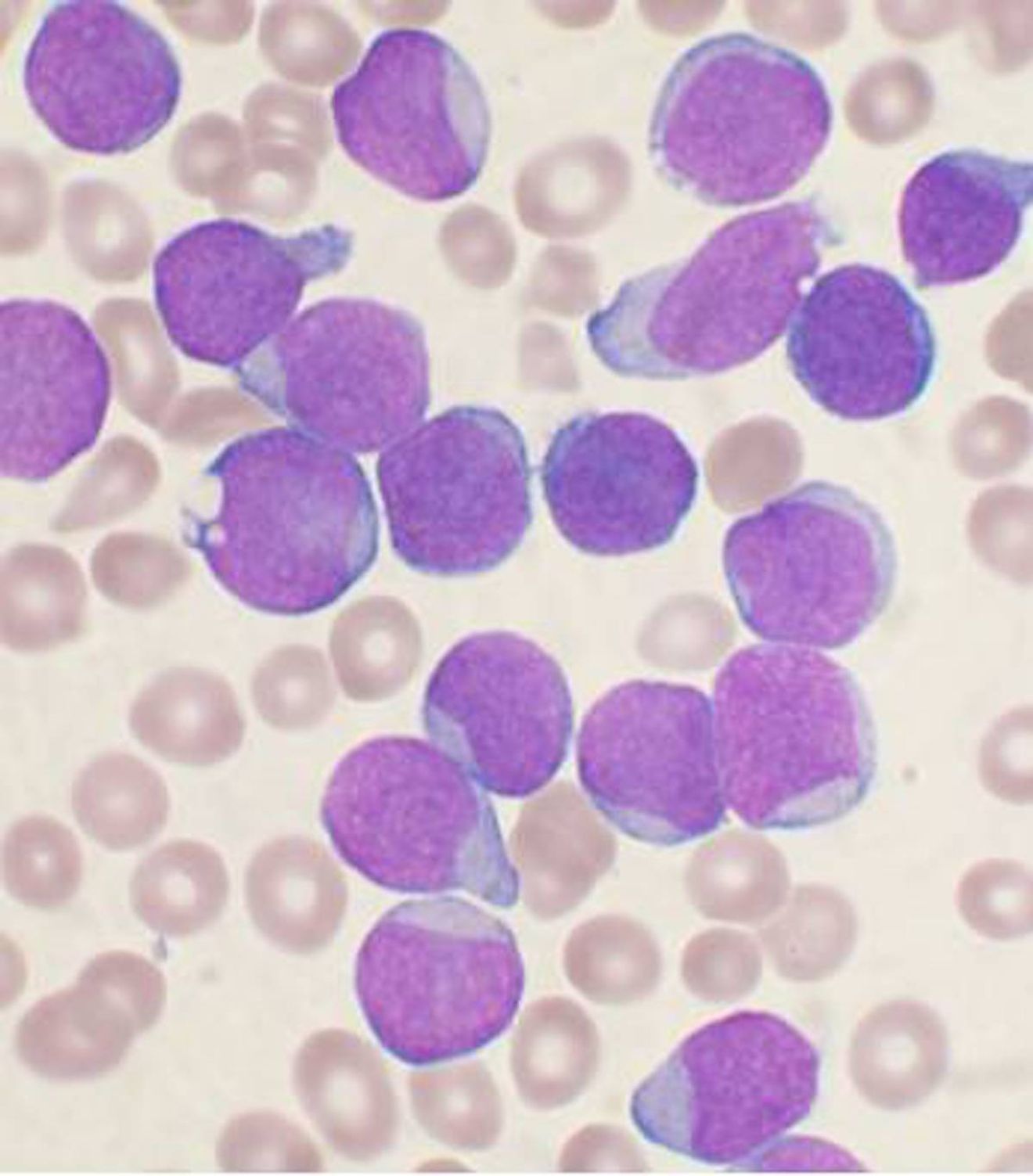
AML, the abbreviation for this type of cancer, is a disease that targets your bone marrow and blood. This type of leukemia is known to progress rapidly and affects your white blood cells. It is more likely to affect women, as well as those who have received certain types of chemotherapy or radiation treatment, among other groups. In the first five years after being diagnosed with this cancer, 24% of people survive. After ten years, 9% of patients survive.
Cancers With The Highest Mortality Rates
| Rank | Cancer Type | Five Year Survival Rate | 10 Year Survival Rate |
|---|---|---|---|
| 1 | Diffuse intrinsic pontine glioma (brain stem) | < 1% | 0% |
| 2 | Glioblastoma | 7% | 5% |
| 3 | Pancreatic cancer (all types) | 8.2% | 2.2% |
| 4 | Mesothelioma | 9% | 3% |
| 5 | Heart cancer | 10% | 1% |
| 6 | Lung cancer (all types) | 18.1% | 7% |
| 7 | Gallbladder cancer | 18.2% | 9% |
| 8 | Esophageal cancer | 19% | 15% |
| 9 | Liver and bile duct cancer | 22% | 17% |
| 10 | Leukemia (acute myelomonocytic) | 24% | 9% |











